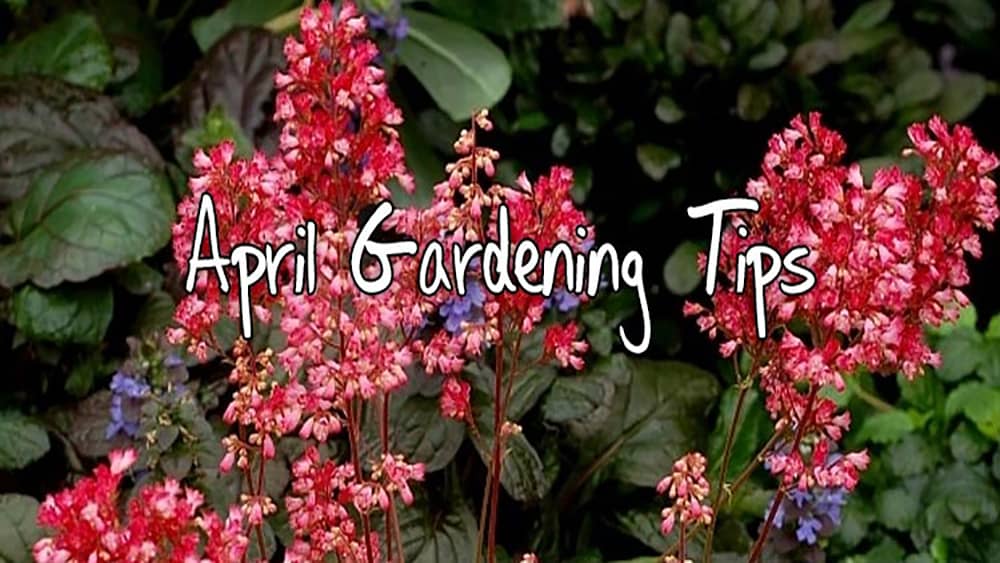
KJFM NEWS – Garden Talk is produced monthly at the Adair County University of Missouri Extension Center in Kirksville, Mo.
ORNAMENTALS
- When buying bedding plants, choose compact, bushy plants that have not begun to flower.
- Remove winter mulches from roses. Complete pruning. Remove dead wood from climbers. Cultivate lightly, working in compost or other organic matter. Fertilize established roses once new growth is 2 inches long. Begin spraying to control black spot disease.
- Examine shrubs for winter injury. Prune dead and weakened wood.
- Groundcovers can be mowed to remove winter burn and tidy plants up. Raise mowers to their highest settings.
- Shrubs and trees best planted or transplanted in spring, rather than fall, include butterfly bush, dogwood, rose of Sharon, black gum (Nyssa), vitex, red bud, magnolia, tulip poplar, birch, ginkgo, hawthorn and most oaks.
- Evergreen and deciduous hedges may be sheared. Prune the top narrower than the base so sunlight will reach the lower limbs.
- Easter lilies past blooming can be planted outdoors. Set the bulbs 2 to 3 inches deeper than they grew in the pot. Mulch well if frost occurs.
- Prune spring flowering ornamentals after they finish blooming.
- Begin planting summer bulbs such as caladiums, gladioli and acidanthera at 2 week intervals.
LAWNS
- Start mowing cool season grasses at recommended heights. For complete details, refer to University Extension Guide #6705, Cool Season Grasses.
- Apply crabgrass preventers before April 15. Do not apply to areas that will be seeded.
- Aerate turf if thatch is heavy or if soil is compacted.
VEGETABLES
- Finish transplanting broccoli, Brussels sprouts, cabbage, and cauliflower plants into the garden, containers or raised beds. Plants started indoors should be hardened off outdoors before transplanting into the garden.
- Finish sowing seeds of cool-season vegetables not yet planted.
- Handpick and destroy asparagus beetles.
- Flower stalks should be removed from rhubarb plants, if they develop.
- Thin out crowded seedlings from early plantings of cool season crops such as beets, carrots, lettuce, onions and radish.
FRUIT
- Blemish-free fruits can rarely be produced without relying on regular applications of insecticides and fungicides. Consult University Extension Guide Sheet #G6010, Home Fruit Spray Schedule.
- Stink bugs and tarnished plant bugs become active on peaches.
- Plant bare-root or potted fruit trees as soon as the soil can be worked.
- Remove tree wraps from fruit trees now.
- Protect bees and other pollinating insects. Do not spray insecticides on fruit trees that are blooming.
- Destroy or prune off webs of eastern tent caterpillars. “t.” (Dipel) is a safe biological spray.
- Orange, jelly-like galls on cedar trees spread rust diseases to apples, crabapples and hawthorns.
- Begin sprays for fire-blight susceptible apples and pears using an agricultural streptomycin.
- Spider mites and codling moths become active on apples.
